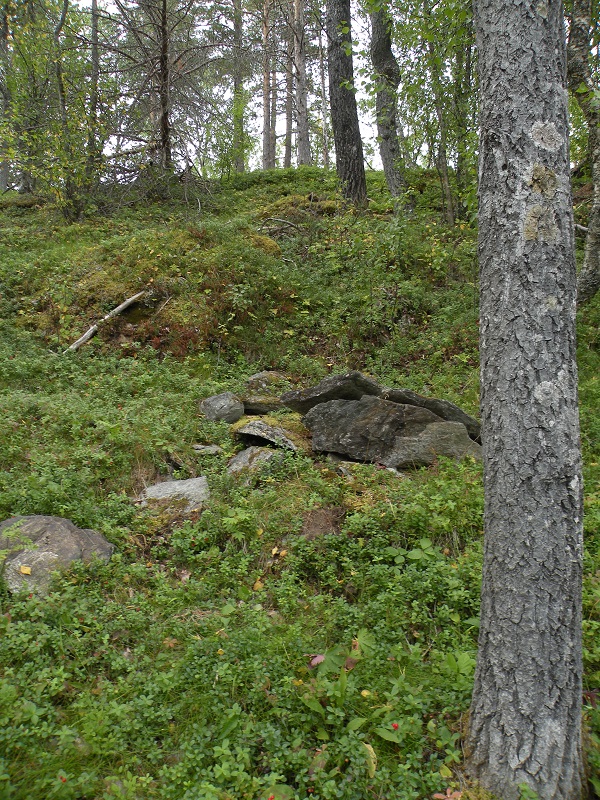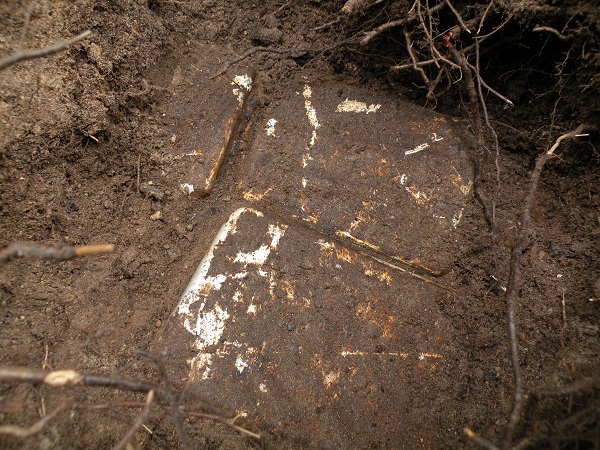On both sides of the valley there was defensive positions with riflemen , mortar crews , machinegun nests and a battery of 25 pounder guns. The main force was dug down on a hill to the East of the river running through the valley to the Fjord. On the morning of 25th May the shooting started. Experienced Gebirgsjäger troops attacked along the river and road driving the defenders away but the Germans was halted by mortar and artillery shelling. Later in the afternoon 5 Heinkel bombers made several attacks on the hill while at the same time the mountain troops managed to use a very difficult terrain and sneak up close to the trenches on top of the hill. The Irish troops was surprised to suddenly have the enemy coming out of nowhere just in front of the trenches. They also saw the Germans trying to flank them and in close combat they began to retreat.
They crossed the river and blew up the bridges behind them. It took the Germans a few hours to make a pontoon bridge and the morning 26th a steady stream of troops was crossing the river. There was still a troop of Irish Guards holding positions on the slope of the hill but at 11.30 Brigadier Gubbins gave the call for retreat. The German shooting was so intense that the troops couldn`t get loose until 19.00. The next 24 hours the Allied troops steadily withdrew down the valley towards the Fjord where boats was waiting to bring them to Bodø. During this retreat they had support from a couple of Gloster fighter planes attacking German ground targets.
As they evacuated the valley they had high morale and hoped to continue the fight reinforced with fresh troops , but as soon as they arrived in Bodø the 27th may it became clear to them that the Allied High Command had the 25th already decided to evacuate all troops and give up the fighting in Northern Norway. The German war machine had now a clear path to the Narvik front.
I turned the metaldetector on and started searching. By the amount of casings and shrapnel I found it couldn`t have been a long firefight when the troops suddenly had the germans in front of them. I found a few casings scattered here and there , and some more of them in the trenches. There was also the typical rusted food tin garbage in the positions.
I shall be honest and say I had hoped to find more stuff here , but Im very happy with the result anyway. I always wondered what route the Gebirgsjãgers attacked and now I know. Next time Im in this area I`ll check if I can find the Irish Guards river crossing point and the positions on the oposite side of the valley.





















 RSS Feed
RSS Feed